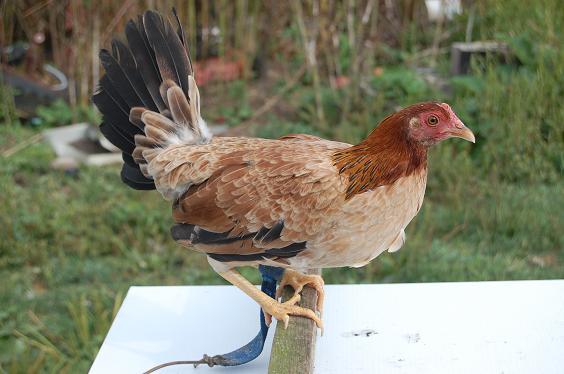- Thread starter
- #21
Quote:
You're right, and I am taking that into consideration. They don't have any other tell-tale signs of being male, their combs are small & pale, especially compared to their nest-mates that I think are cockerels and there aren't yet any iridescent feathers like those cockerels have. I'll keep watching them as they grow and let y'all know if anything changes.
I have not ever had any other Henny-feathered cockerels hatched here, although I'm sure that Beaker has fathered his share of chicks. And I remember knowing that Beaker was male even before noticing his Henny-feathering pattern. It was something that came to my attention long after he was fully mature, one day I looked at him and realized "hey, he doesn't have any pointy feathers!" I picked him to stay as flock husband out of a batch of cockerels hatched here, I liked the many different shades of brown in his feathers and also that he was well-mannered around humans & hens.
You're right, and I am taking that into consideration. They don't have any other tell-tale signs of being male, their combs are small & pale, especially compared to their nest-mates that I think are cockerels and there aren't yet any iridescent feathers like those cockerels have. I'll keep watching them as they grow and let y'all know if anything changes.
I have not ever had any other Henny-feathered cockerels hatched here, although I'm sure that Beaker has fathered his share of chicks. And I remember knowing that Beaker was male even before noticing his Henny-feathering pattern. It was something that came to my attention long after he was fully mature, one day I looked at him and realized "hey, he doesn't have any pointy feathers!" I picked him to stay as flock husband out of a batch of cockerels hatched here, I liked the many different shades of brown in his feathers and also that he was well-mannered around humans & hens.


